Letzte Woche hielt ich einen Vortrag beim NSA Cryptologic History Symposium. Dabei wagte ich ein Experiment: Ich stellte kryptologisch interessante Kriminalfälle mit Hilfe von Lego-Steinen dar.
Alle zwei Jahre treffen sich Krypto-Geschichts-Interessierte zum NSA Crypto History Symposium in der Nähe von Washington. Letzte Woche war es wieder soweit. Für mich war es inzwischen der vierte Besuch einer solchen Veranstaltung. Selbstverständlich hatte ich wieder einen Vortrag eingereicht. Thema: Ungelöste Kriminalfälle, in denen ein ungelöstes Kryptogramm eine Rolle spielt.
Der Vortrag wurde angenommen. Ich befand mich in spannender Gesellschaft. Vor mir referierte Dan Olson vom FBI, der wohl bekannteste forensische Codeknacker überhaupt. Nach mir kam Zodiac-Killer-Experte Dave Oranchak. Moderiert wurde die Session von FBI-Historiker John Fox.
Insgesamt acht Fälle wollte ich in meinem Vortrag vorstellen. Kurzfristig kam noch ein neunter dazu. Um etwas Originalität in meinen Vortrag zu bringen, wagte ich ein Experiment: Ich stellte die diversen Fälle mit Hilfe von Lego-Modellen vor. So etwas hatte ich zuvor bei einer vergleichbaren Veranstaltung noch nicht gesehen.
Alle im Vortrag vorgestellten Fälle habe ich in Klausis Krypto Kolumne schon einmal behandelt. Im Folgenden zeige ich zu jedem Fall eine Vortragsfolie.
Debosnys-Fall
Henry Debosnys (1836-1883) wurde für den Mord an seiner Frau gehängt. Vier verschlüsselte Nachrichten könnten Aufschluss über diesen und weitere Fälle geben, doch sie sind ungelöst.
Zum Weiterlesen:
- Die ungelösten Codes des mutmaßlichen Frauenmörders Henry Debosnys (Teil 1)
- Die ungelösten Codes des mutmaßlichen Frauenmörders Henry Debosnys (Teil 2)
YOG‘TZE-Fall
Der arbeitslose Lebensmitteltechniker Günther Stoll schrieb 1984 das Wort YOG’TZE auf einen Zettel. Kurz darauf starb er unter ungeklärten Umständen.
Zum Weiterlesen: YOGTZE-Fall: So könnte es gewesen sein
Der Zodiac-Killer
1968 und 1969 tötete der Zodiac-Killer mindestens fünf Menschen. Außerdem verschickte er vier verschlüsselte Nachrichten, von denen bisher nur eine gelöst wurde.
Zum Weiterlesen: Codeknacker auf Verbrecherjagd, Folge 7: Interview mit einem Zodiac-Killer-Experten
Ricky McCormicks verschlüsselte Zettel
Ricky McCormick wurde 1998 ermordet. In seiner Tasche fand die Polizei zwei verschlüsselte Zettel. Sie wurden nie gelöst.
Zum Weiterlesen: Der Code der Maisfeld-Leiche
Der Somerton-Mann
1948 wurde in Australien eine Leiche gefunden, die nie identifiziert werden konnte. Bis kurz vor seinem Tod trug der Unbekannte eine verschlüsselte Nachricht bei sich.
Zum Weiterlesen: Somerton-Mann: Warum erkannte niemand den unbekannten Toten?
Rubin-Fall
Paul Rubin starb 1953 an einer Cyanid-Vergiftung. Er trug einen verschlüsselten Zettel bei sich, der nie gelöst werden konnte.
Zum Weiterlesen: Rubin-Kryptogramm: Der Tote mit der verschlüsselten Nachricht auf dem Bauch
Lelele-Kryptogramm
Bei einer Hausdurchsuchung in den USA entdeckte die Polizei eine seltsame Buchstabenfolge auf einem PC-Bildschrim. Es ist völlig unklar, was diese bedeutet.
Zum Weiterlesen: Wer löst diese Verschlüsselung aus einem aktuellen Kriminalfall?
Ohio-Kryptogramm
Nach einem Überfall auf einen Fahrkartenschalter 1916 in Ohio veröffentlichte eine Lokalzeitung einen verschlüsselten Text – vermutlich ein Telegramm, das der Täter verschickt oder empfangen hatte. Die Lösung ist nicht bekannt.
Zum Weiterlesen: Top-25 der ungelösten Verschlüsselungen – Platz 8: Der Ticketschalter-Räuber von Ohio
Handy-Kryptogramm
Im letzten Moment rutschte das Handy-Kryptogramm aus „Aktenzeichen XY ungelöst“ noch in meinen Vortrag.
Zum Weiterlesen: “Aktenzeichen XY ungelöst” fragt: Was bedeutet die Zahlenfolge 5785/43293091?
Ist das Experiment mit den Lego-Modellen geglückt? Das sollen andere beurteilen. Hier ist jedenfalls ein Video des Vortrags (aufgenommen von Richard SantaColoma):



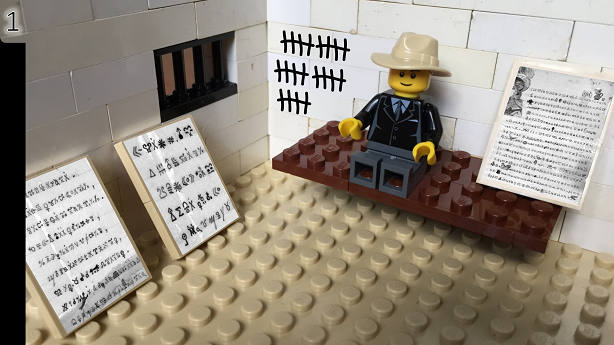
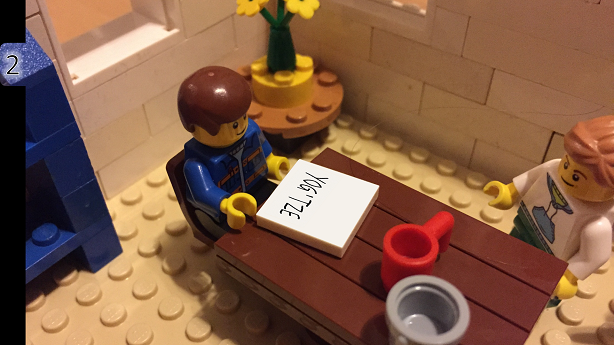
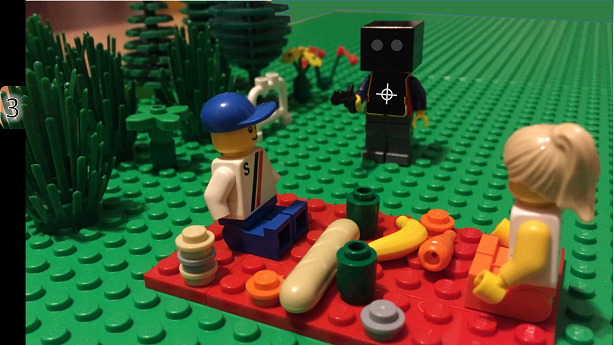

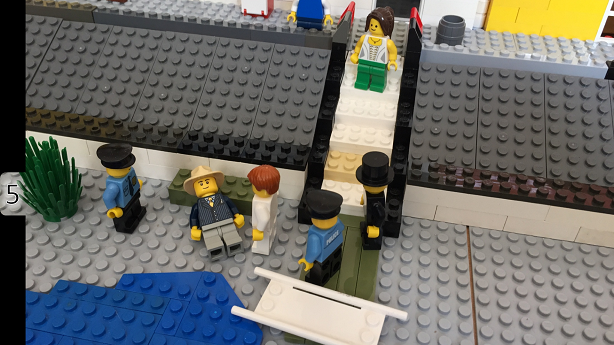
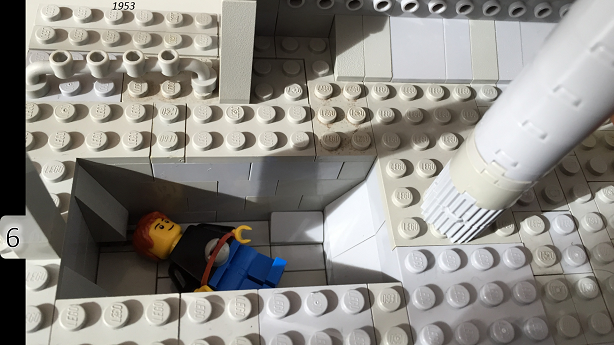
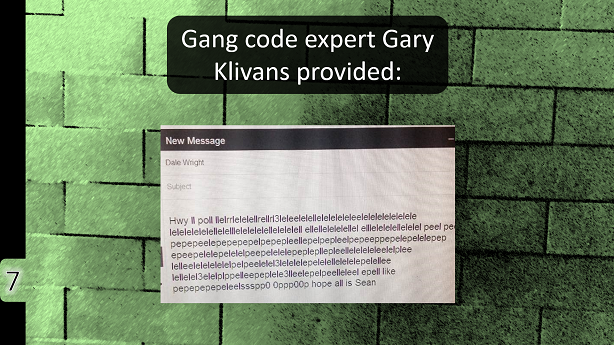

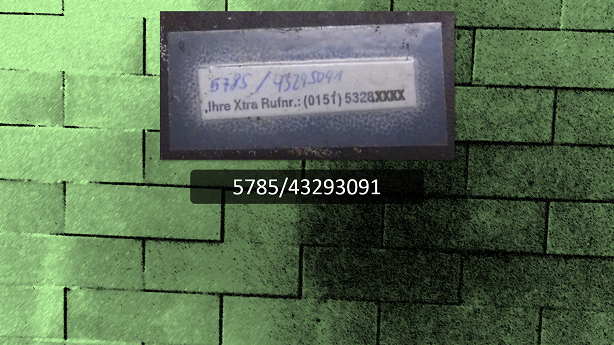

Kommentare (17)